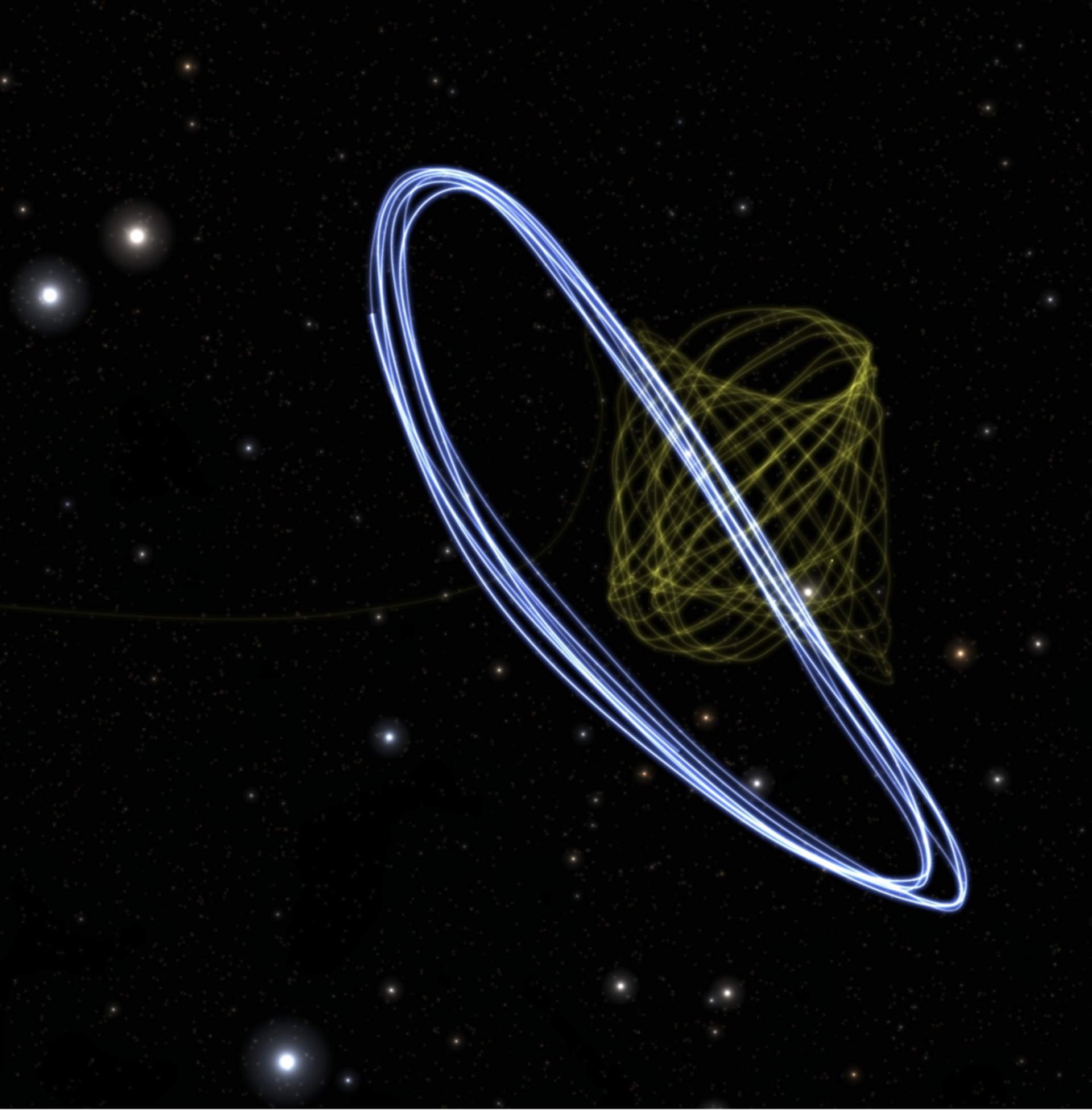The Gaia mission support group published a photo taken on February 18. At first glance, this unremarkable image shows several stars. In fact, one of the points in the photo is not the star, but a man-made object. The famous James Webb Space Telescope (JWST) came into the field of view of Gaia.

Both spacecraft are in halo orbits around the Lagrange point L₂ of the Sun-Earth system. At the moment of the shooting, they were separated by a distance of a million kilometers. This is almost three times the distance between the Earth and the Moon. It should be noted that Gaia is not intended for photographs of celestial bodies. The main task of the observatory is to determine the exact position, distance, speed of proper motion and the color of the stars.
However, there is a device on board of the spacecraft called sky mapper, which scans the celestial sphere. After the launch of JWST, European experts calculated that on February 18 the telescope would be in the field of view of this tool. Despite the huge distance, it really managed to catch the light reflected from the sunscreen and the telescope mirror.

As for the JWST, the telescope is still at the stage of calibration and gradual cooling of its scientific tools. It is expected that it will make regular scientific observations in the early summer of 2022.
According to https://www.esa.int

